A journey begins: Canadian consumers on the path to net-zero
Sustainability is becoming an increasingly important value for consumers. It’s influencing them to re-evaluate their purchasing behaviours and their loyalty to brands.
To understand how Canadians perceive their path to net-zero emissions, we explored several questions, including:
- How do Canadians factor sustainability into their buying decisions?
- What role does brand and product offering play in consumers’ behaviour concerning sustainability?
Using a combination of social listening (an aggregate collection and analysis of social media content) and human-centred design research to obtain the raw data (via one-on-one, in-depth conversations with Canadians), our analysis identified four key consumer mindsets, based on people’s ability and motivation to make sustainable choices.
In an ideal world, every consumer would have a climate-active mindset: they’d view sustainability as both important and easy enough to act on. Our research, however, shows that the majority fall into the under-powered group—those who believe sustainability is important but hard to act on. Encouraging more consumers to become climate-active hinges on one important thing: choice. Our research shows customers are strongly motivated to do good. But they need support and occasions to do so—and that creates an opportunity for brands to innovate sustainable solutions that help their customers achieve their objectives.
In recent years, the mainstream climate change discourse has moved past acceptance of the underlying science and urgency of the problem toward the serious and practical consideration of solutions.
The context
Most of the world’s largest governments and corporations have set targets for net-zero greenhouse gas (GHG) emissions within the next 30 years to mitigate runaway climate change and limit global warming to at most 2˚C above pre-industrial levels. Deloitte is part of this movement through its WorldClimate strategy, which aims to bring the organization to net-zero emissions much earlier—by 2030.
The normalization of sustainability as a consumer value has emerged, becoming an essential component for many modern brands. As this becomes the standard, climate skepticism has moved to the fringe—shifting from questioning the science to questioning the feasibility of solutions.
Framing the problem
Through our research, we found that discussions about climate change and GHG emissions often digressed into broader concerns about sustainability. This indicates that the consumer perspective on the journey to net-zero is nuanced and tightly connected to a host of adjacent issues.
Some of the overarching questions we explored in our social media scan and interviews include:
-
How do Canadians think about sustainability when they’re deciding to buy a product or service?


-
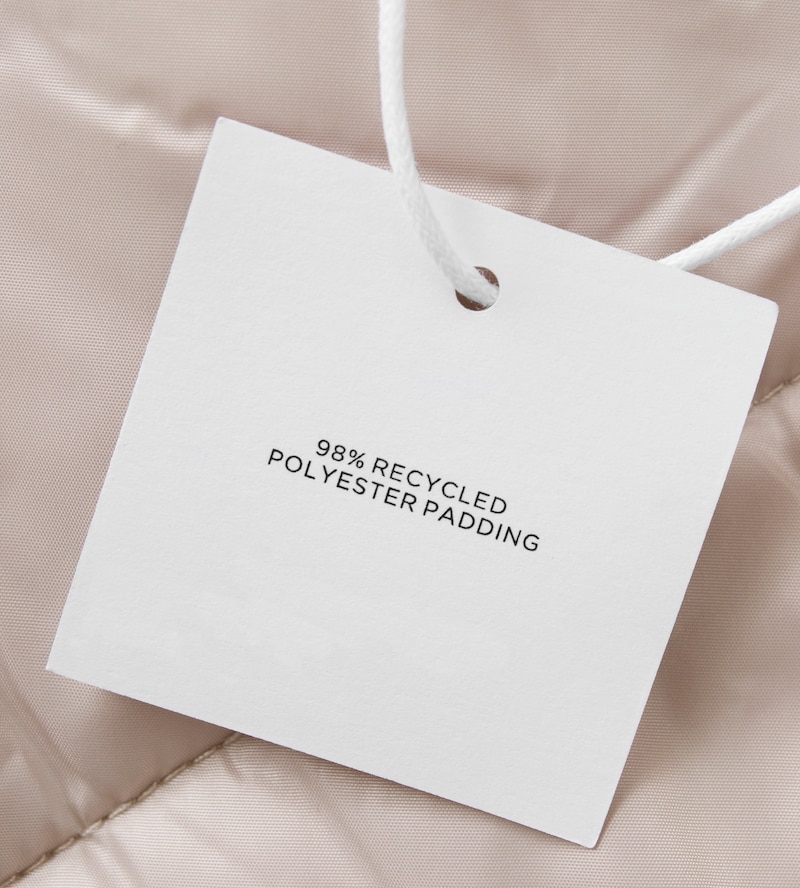
 What is driving the demand for more sustainable choices?
What is driving the demand for more sustainable choices? -



 What barriers are preventing consumers from making more sustainable choices?
What barriers are preventing consumers from making more sustainable choices? -
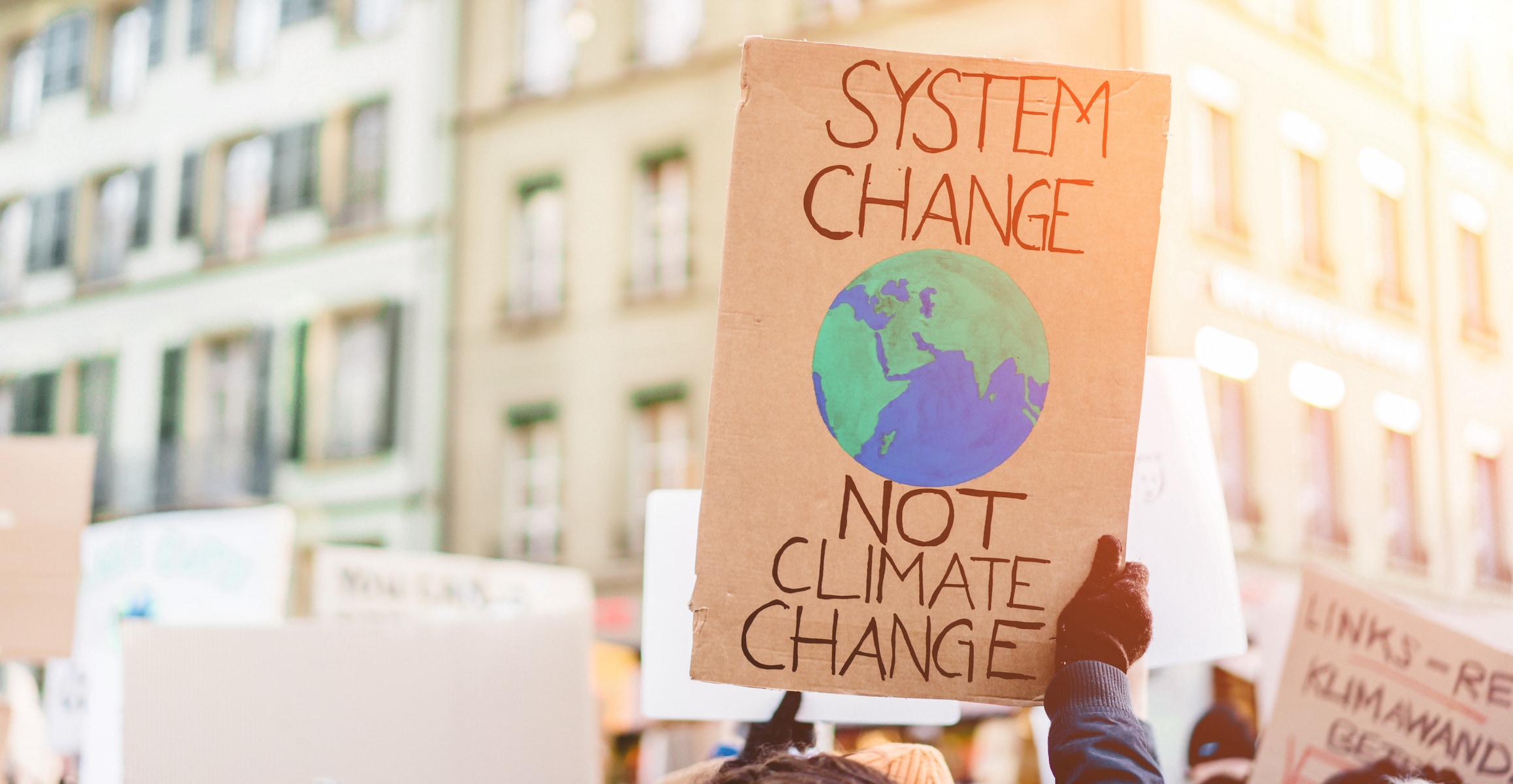
 How are consumers signalling their values and preferences regarding sustainability to each other and to brands?
How are consumers signalling their values and preferences regarding sustainability to each other and to brands?

-

 Does the perceived sustainability value of the products and services influence consumer purchase behaviour?
Does the perceived sustainability value of the products and services influence consumer purchase behaviour?
Our research motivation and approach
Building on the lessons from Market Gravity’s 2019 The Human Cost of Climate Change* report, this research initiative applies a novel combination of social listening and human-centred design research to investigate the consumer perspective on reaching net-zero.
We collected data from across Canada from two distinct streams. We compared what we learned from both and then integrated them to form our key insights.

 Human-centred design research
Human-centred design research
One-on-one, in-depth conversations with Canadians from diverse socio-economic standings to understand why and how they are making key decisions.
- Human-centred design helps us understand what consumers think, feel, and need.
- Behavioural frameworks were used to identify key psychological barriers, mindsets, and nudges to directly address decision-making.

The mindsets we uncovered
Through our research on consumer attitudes toward climate change and sustainability, four mindset quadrants were identified. These are defined by consumers’ ability to make sustainable choices and their motivation to do so.
The four mindsets are overlaid onto the Fogg Behaviour Model. We discovered that many Canadians are stuck in a holding pattern in the under-powered mindset, perched to cross into the climate-active mindset when more sustainable options become available to them.
-

Under-powered
For the under-powered consumer, sustainability is important but hard to act on. These consumers are characterized by anxiety, impatience, dissatisfaction with available/main stream choices, disillusionment with slow-moving brands, and frustration with inaction, and/or unsustainable choices by peers, especially from the under-motivated mindset.
The under-powered are short on one or more of the capacities required to make climate-conscious decisions: financial, attention, and access to information. Yet they are confident in their ability to identify feasible sustainable choices, especially when prompted in the right way and/or at the right moment. This mindset is a cognitively taxing and demotivating state.
I don't think I've ever made the commitment to buy a sustainable choice from the get-go. I think I have it at the back of my mind, like, if we do see a sustainable option, we should go with it.
-
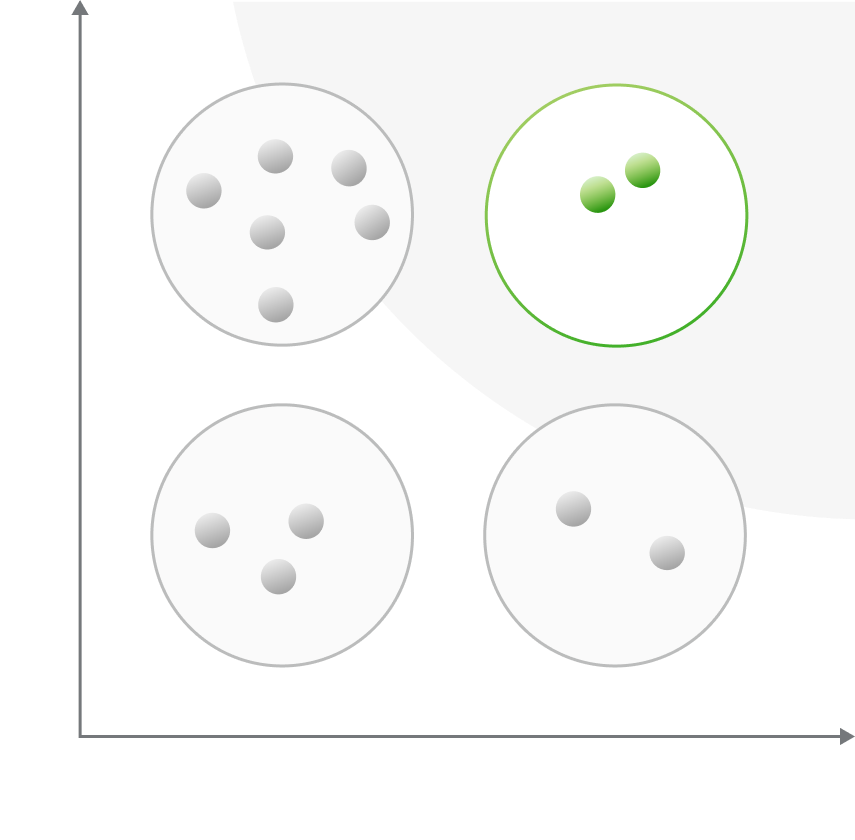
Cimate-active
For the climate-active consumer, sustainability is both important and easy to act on. Characterized as fulfilled, mindful, fully engaged participants in their choices, the climate-active possess a nuanced understanding of the many overlapping facets of sustainability. They are more likely to consider sustainability from the start of their purchasing journey, and more likely to scrutinize sustainability claims and offset schemes. Consistent, genuine positioning and messaging are a must to win over this group.
They empathize with the under-powered mindset and are inclined to help raise them up by educating, informing, introducing, and connecting them to sustainable alternatives.
I started thinking beyond just recycling, but also making decisions prior to recycling. What are we doing further upstream?
-
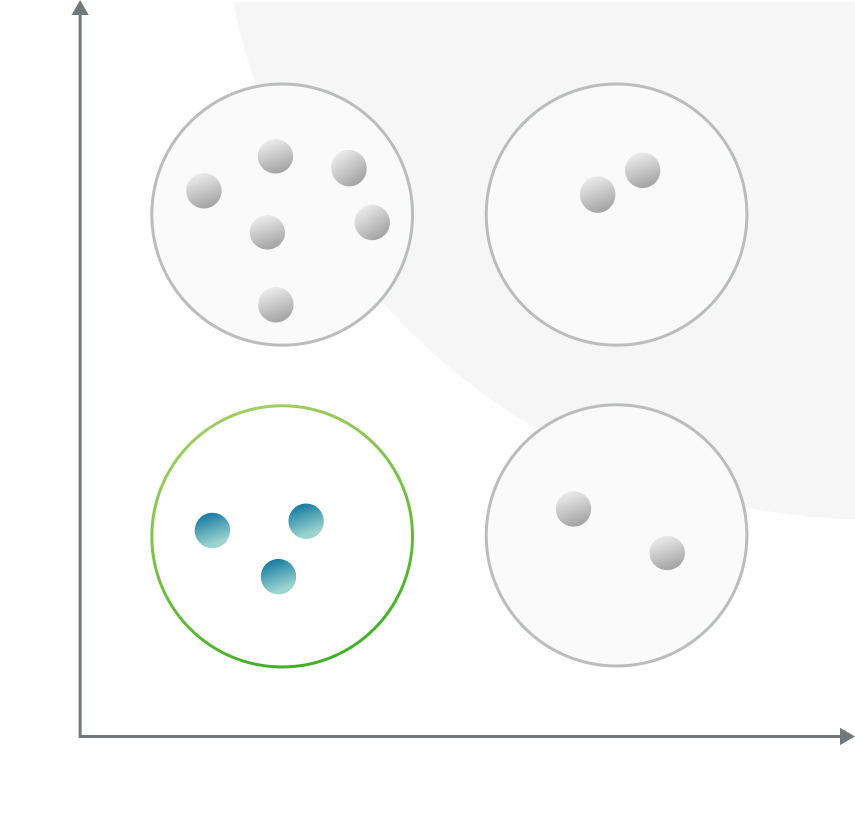
Under-engaged
For the under-engaged consumer, sustainability is both hard to act on and not considered a high priority in decision-making. They are caught in a vicious cycle: it doesn’t matter that it’s hard because it’s not a priority, and not likely to become a priority because it’s not feasible anyway. Because climate change isn’t important to them, they don’t seek sustainable alternatives.
The easiest mindset transition is to under-powered, made through education (even indirectly, such as by way of a relative attending school or university).
It's hard to believe when I really don't see a change… It's not affecting us, the weather is still the same here in Winnipeg. I know other places are getting worse storms and stuff, but it hasn't really hit home yet.
-
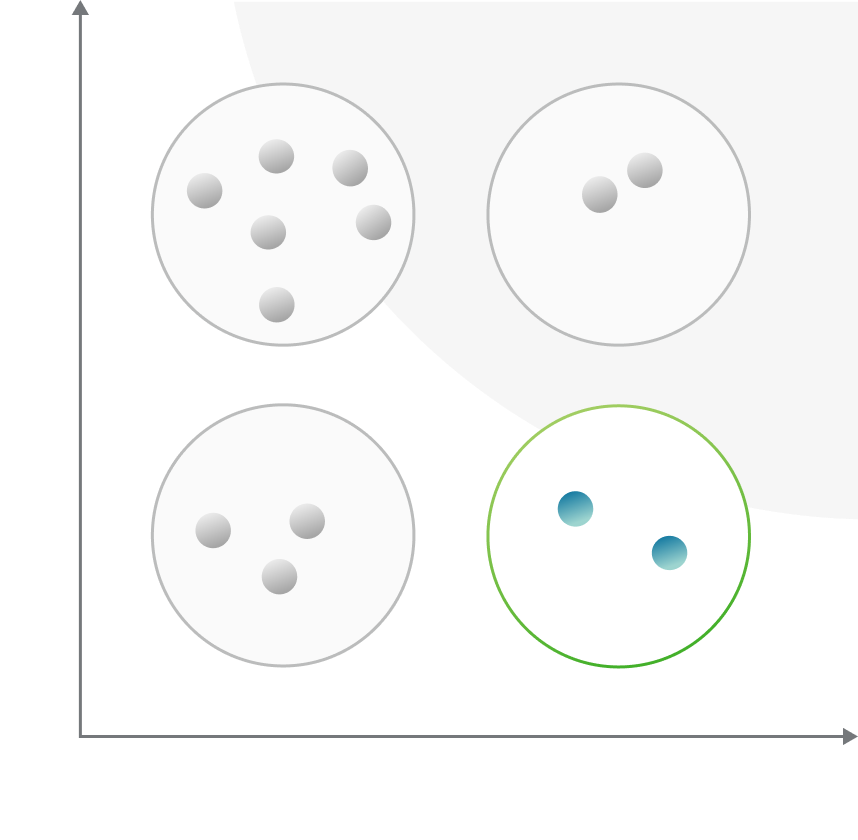
Under-motivated
For the under-motivated, sustainability is easy to act on but not considered a high priority in decision-making. Characterized by apathy, whataboutism, and doubt, people with this mindset are most likely to rationalize their own inaction with skepticism about climate science, the significance of an individual choice, and the feasibility of sustainable alternatives. These rationalizations form a strong wall of resistance to education about sustainable alternatives and cues that differentiate sustainable choices.
I feel like there are very few cues, and if they're there, I'll usually ignore them.
Themes generated from our research
Through our research, four thematic areas emerged as the defining elements of the willing customers’ journey toward net-zero.
-
Imprints: Vivid, tangible images and sensations leave strong imprints and have an outsized effect on how individuals relate to sustainability.
Real-life, first-hand stories about the impact of sustainability often stick out in customers’ minds. These visceral images play a huge role in forming beliefs and creating the perception of urgency around efforts. They serve to humanize and make tangible the otherwise abstract notions of sustainability.
Whether it’s an image of a burning forest or a headline about an island made of plastic waste, these imprints are a direct link to behaviour and can become the rallying cries within movements.
 How might we better understand our consumers' values through the imprints that inform them?
How might we better understand our consumers' values through the imprints that inform them?I remember seeing this 10-foot wall of plastic bottles all along the coast, this one small island in Nicaragua drowning in garbage—that was a real eye-opener… and it sparked a turning point in my consciousness.
Seeing the impact on my parents' farms in Nigeria motivates me to make sustainability a priority.
In India, I had to burn my garbage. That makes you think. When you have to burn your plastic, that's a good way to understand what damage you're doing. Because here, you don't think about it, you ship it away.
But when you have to sit there in the smell of your burning garbage, it's a great way to understand the impact of your consumption.
-
Signals: Key signals or prompts in the moment of decision-making shape how consumers factor their sustainability values into individual choices.
Consumers are keenly aware of companies’ motives and they use key signals to pick up on which ones align with their values. Things like greenwashing might pique customers' interest up front, but ultimately this tactic will deter them.
As society shifts, so do the meanings of signals. Understanding these extrinsic motivators (such as branding, packaging, marketing communications) allows companies to create signals that resonate rather than deter.
 How might we craft signals that resonate with consumers’ sustainability expectations?
How might we craft signals that resonate with consumers’ sustainability expectations?When I’m booking a flight, after I go through all those steps, at the very last page they ask if you’ll pay a little more to offset your emissions. From what I see, that doesn’t make a difference. There’s nothing to show that they actually use the money to offset the carbon footprint of the flight.
That's why I never pay for that part.
They have to meet certain environmental standards to be able to use that label, and not every product has it. And even though many companies have that label, they don't all make their windows the same way, so I also looked into that to see whose was constructed in the most energy-efficient way
-
Availability: Individuals expect sustainable options that align with their values, but this kind of choice is rarely available to them.
Though consumers seek sustainable options, making the “bad” choice is often far too easy. The vast majority of options are built on a take-make-dispose model, one that consumers are accustomed to.
Even those who are willing and able to make sacrifices for a more sustainable option often don’t even have access to such a choice. Consumers across all four mindsets are demanding more transparency from brands to allow them to make better-informed choices.
 How might we provide equitable and regular access to sustainable options?
How might we provide equitable and regular access to sustainable options?Amazon makes it so easy to make bad choices.
Most of the time, I don't feel bad when I can't make a sustainable choice, because it's like, ‘this is what's available, this is what I can afford.’
I’m almost left with no choice.
-
Trust: When consumer decisions are informed by values, beyond just a monetary transaction, they build strong bonds of trust and loyalty.
While convenience is always a factor in decision-making, true loyalty is driven by trust.
Consumers are willing to make trade-offs—like paying more for a product or service—when it aligns with their core values, including sustainability. Across mindsets, and even within the under-motivated, making sustainable choices makes consumers feel better about their decisions. Companies that foster these values-based relationships ultimately form more meaningful connections with customers.
 How might we foster value-based relationships with consumers that lead to long-term loyalty?
How might we foster value-based relationships with consumers that lead to long-term loyalty?That would give me more connection with the brand, to see that they're doing something for the planet—not just selling in this market and shifting the impact to this other market halfway around the world, but accounting for their impact on a global scale.
I want to see companies take a stand and actually follow through.
The times when those brands do resonate with me, it’s usually when I know something deeper about the brand and the values behind it. For example, I have a strong connection to the Ocean Wise brand because I associate it with childhood experiences at the Vancouver Aquarium.
How might we enable and accelerate Canada's journey to net-zero?
We set out to understand how consumers in this country think about the impact of their purchasing choices on climate change. Given the mindsets and key themes that our research revealed, we see several opportunities to meaningfully engage around sustainability and create win-win scenarios for consumers, companies, and communities at large.



Who to engage
Focus on serving those with the under-powered mindset by providing access to more sustainable choices. They are willing agents of change. Rather than needing to motivate people to make the more sustainable choice, the biggest opportunity lies in providing greater access to those who are already keen.
As time passes, consumer anxiety and dissatisfaction with slow-moving brands will continue to grow. Despite the growing urgency of climate change, inertia in the private sector means it’s not getting easier for consumers to make sustainable choices. For most Canadians, the journey to net-zero is all about making choices easier.
Where to start
Making tangible, well-informed, and value-based commitments can position brands as dependable partners and gain the initial trust of customers.
By understanding the core signals and imprints that resonate with the climate-active and under-powered mindsets, brands can create meaningful nudges to engage with these individuals.
How to grow
Transform your products, services, and policies to reflect changing consumer values on sustainability. This will build a deep sense of trust—and loyalty—over time.
Fostering a richer relationship with consumers and partnering with them on the journey to net-zero means keeping an active finger on the pulse on their sentiments and mindsets as they continue to shift. Building a balanced portfolio and continuing to adapt will underpin long-term customer loyalty.
Today’s purchasing strategies are geared to shoo consumers along to checkout without pausing to think about their impact. Instead, brands can use key signals to disrupt this flow and turn every purchase into an opportunity to build trust with their customers by demonstrating their commitment to sustainability.
Using what we learned about imprints, brands can craft tangible, accessible commitments that help combat climate anxiety by giving customers clear opportunities to take action through their choices.
Your customers are strongly motivated to do good.
If you help them act in alignment with their values by offering and steering them toward sustainable options, then you’ll make them feel good about their decision and win them over.



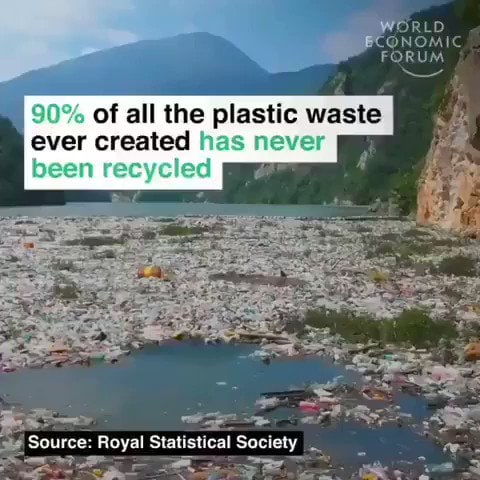

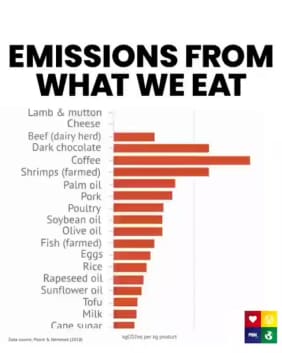
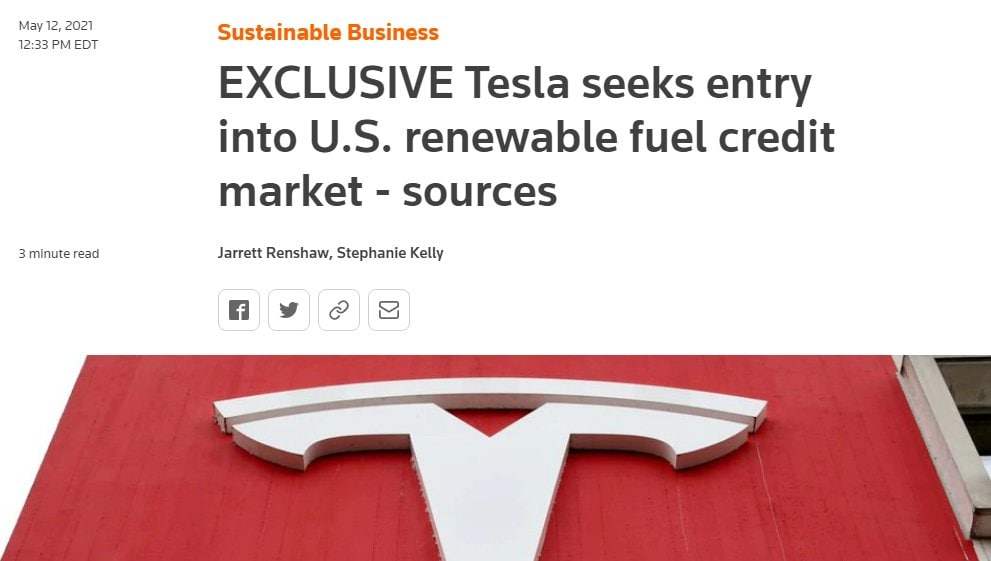

An aggregate collection and analysis of social media chatter, forums, blogs, and other open-source information from May 2020 to May 2021 to understand what and how information is spreading.